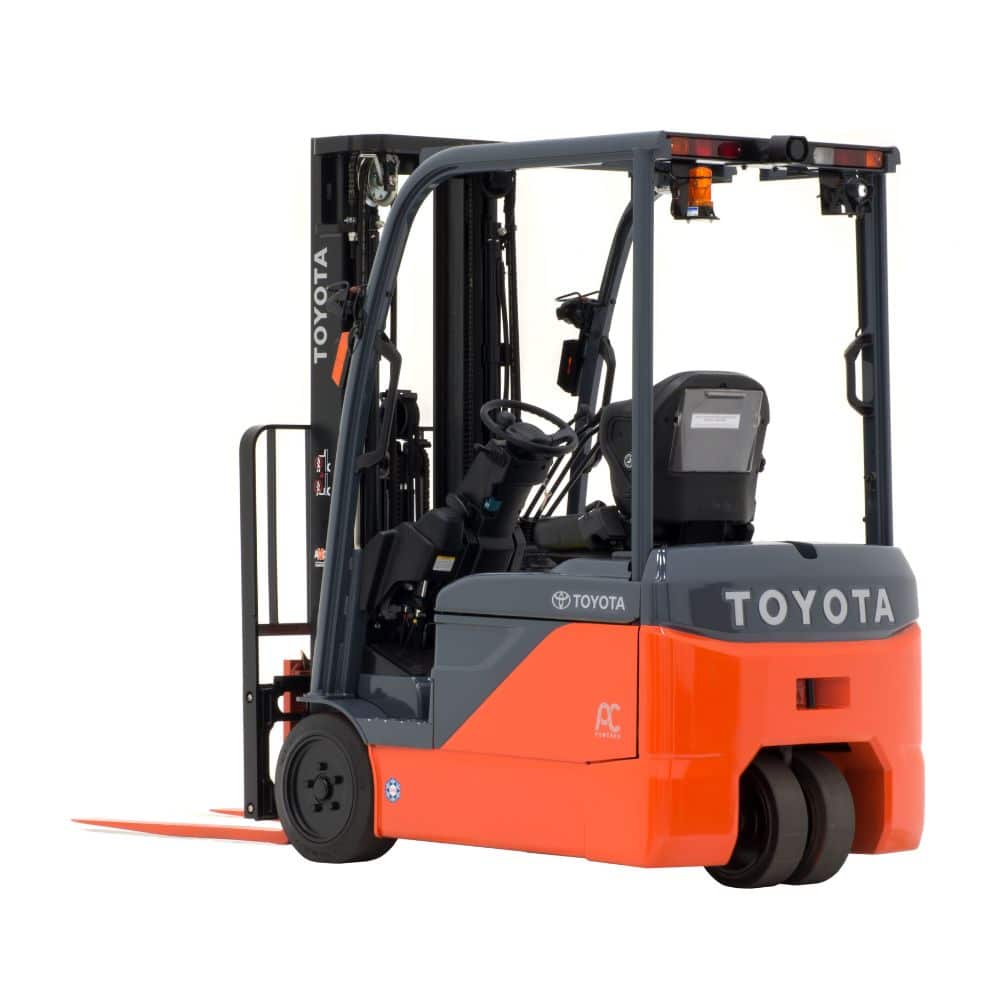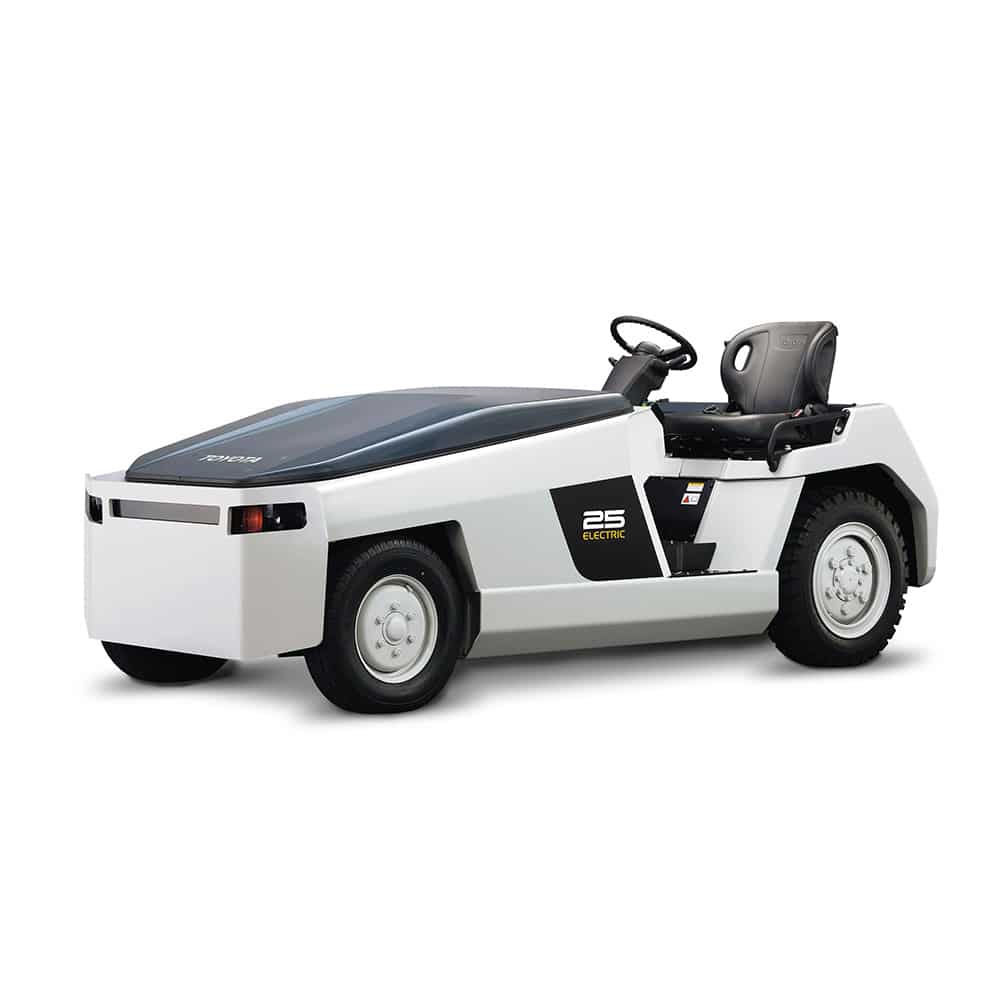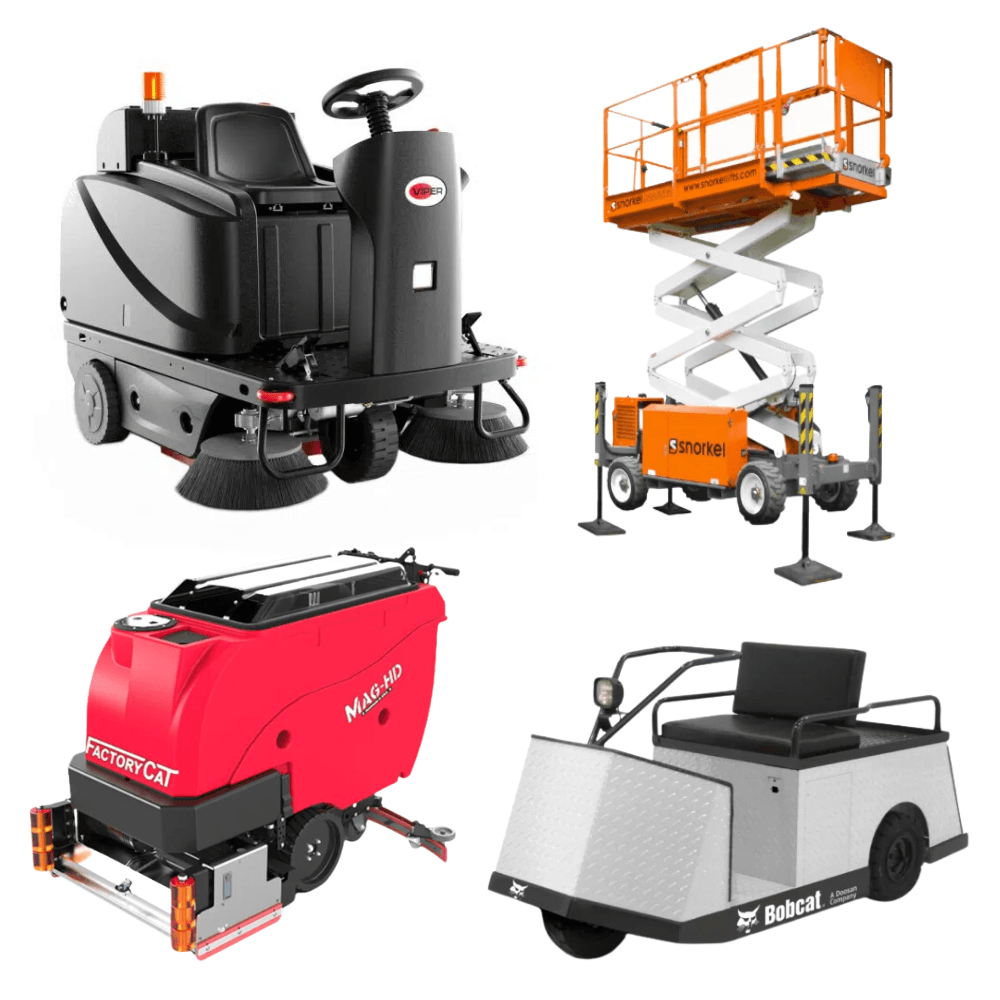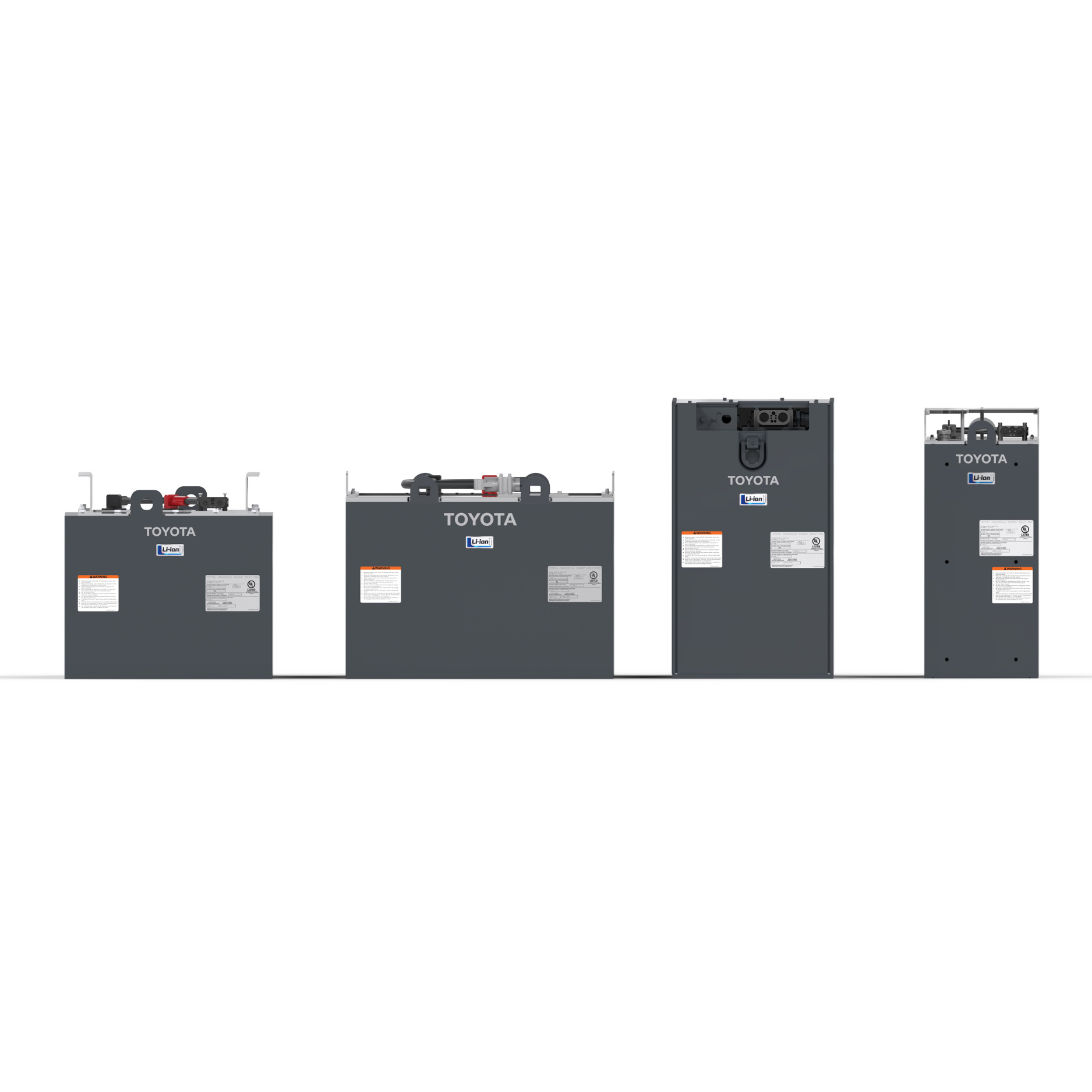Call Us:(800) 362-3097
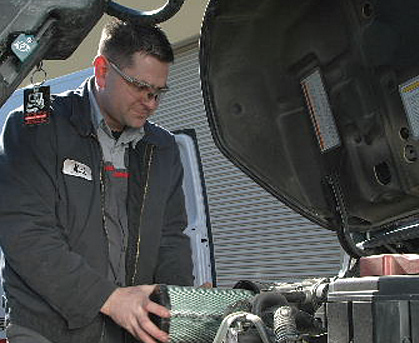
Cost Saving Tips for Parked Equipments
April 13, 2020
Unfortunately, many businesses are experiencing temporary closures or a period of significant slowdown in their operations. During these periods it is not uncommon to find lift trucks and other types of industrial equipment parked while they’re not needed to move materials. The last thing that you want to experience are additional start-up costs when you resume operation and place the equipment back in service. Exercising the following actions can help minimize both maintenance and safety risks for your company.
- LPG powered equipment should have the tank fuel valve closed when the equipment is parked. With the valve closed, the engine should continue to run until all fuel in the lines are consumed and the engine stops running. At this point it is safe and recommended to disconnect the tank coupler.
- Lift trucks often provide the power source for telemetry devices, bar code scanners and computer monitors. It is recommended that these items be turned off and disconnected from the truck power source, so they don’t drain the battery while setting for extended periods.
- Most 12-volt batteries discharge at approximately 1% per day when not in use. To prevent a dead battery and a service call, you might consider purchasing a “Battery Tender” to maintain the state of charge if your equipment is expected to set idle for several weeks. If this is not an option, it is recommended to disconnect the positive battery cable.
- It’s no secret that lift trucks are heavy. The gross weight of parked equipment can cause flat spots to occur on tires and wheels. Moving the equipment and rotating the tires during extended parking can help to minimize this risk.
- Unused batteries in electric powered equipment can begin to sulphate and shorten the life of your battery if not charged monthly on the “equalize” charge cycle setting.
- Many battery packs equipped with 110 volts built-in chargers (commonly found on small electric pallet jacks and walkie stackers) will go into “sleep mode” and disable the truck when inactive for 18 or more days and will display an error fault code when powered up again. In most cases the code will clear, and the truck will resume operation when the charger is plugged into AC power. It is recommended to charge the batteries monthly on the “equalize” charge cycle setting.
- It’s a great time to evaluate the usage registered on the equipment hour meters. When possible where you have multiple “like” models of equipment, it is recommended to rotate high hour trucks in other buildings or departments to help balance and average the hours of use among your fleet (this is a great way to minimize maintenance costs and reduce the risk of usage overtime charges on leased equipment).
- Be aware of the change in seasons that are occurring while equipment is setting. The risk of overheating increases as outdoor temperatures begins rising. Using compressed air, ensure that your engine powered equipment radiators are clean and free of debris that restrict cooling air flow.
- Lastly, while equipment is parked and available to view, look at all safety/warning/function identification decals and data plates to ensure they’re intact and legible (and replace as needed).
As always, help is a phone or email away. Please reach out to your Lift Truck Center Customer Service Representative or a member of our Service Management Team with any questions.
Categories

